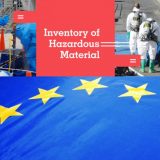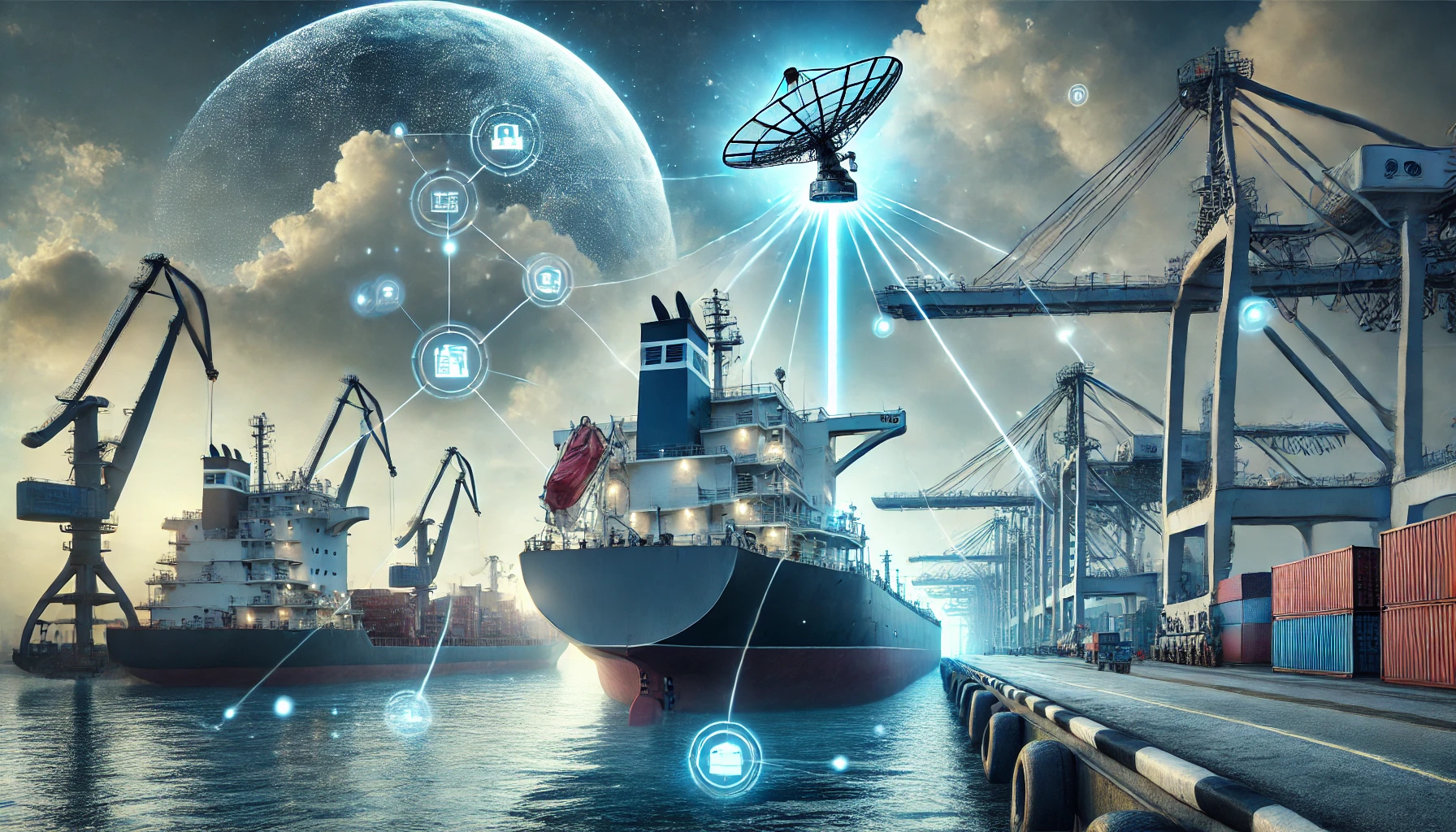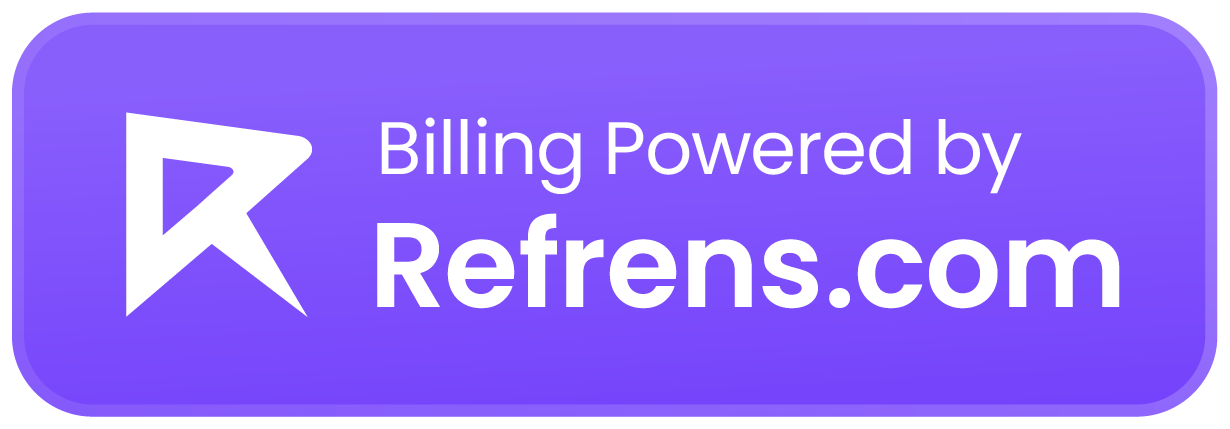October 4, 2018 Regulation
What are the challenges of autonomous ships navigation on board masterless vessels?
Autonomous ships, Challenges, whether legislative, sociological or technological, form part of our daily work routine. Contrary to previous decades, innovative models do not require years or even months to cross an ocean. Evolution tends to spread very fast, more so nowadays when millennials are rapidly engaging themselves in managerial roles largely concerned with quick and effective product placement.
The recent emergence of blockchain technologies, the steady infiltration of cryptocurrencies in our lives and the recently introduced GDPR rules have proved that shipping, like any other sector involved in the carriage of persons and goods, is also not immune to such novelties.
Unmanned technology is also gaining particular momentum within the shipping industry. The aim of such technology is clearly that of supporting the ship operator, cargo owner and ultimate consumer by reducing human-derived risks and operational costs connected with the carriage of goods by sea. However, when it comes to ships and navigation one must keep in mind that the lawmaker often ranks the protection of seafarers and of the sea environment at the top of its priorities, ahead of such strictly navigational or commercial aspects which also arise from the use of autonomous ships. It will be interesting to see how these two differing interests can and should coexist next to each other.
Use of driverless means of transport has become common across various sectors of public transportation. Many capital cities have adopted driverless metro systems for years now. The same is happening with respect to the private transportation by car, although the latter is still going through (an advanced) testing phase.
The difference between such means of transport lies mainly on the number of variables that these come across throughout their operation. As metros operate on a one-direction line, collisions can be easily reduced through a number of mechanical and electronic precautions. On the other hand, during their journey, cars come across other cars, buses, trucks, pedestrians, animals and different meteorological events, and so cannot make a linear journey.
What does autonomy mean with particular reference to ships? The International Maritime Organisation has identified four different types of vessel autonomy.
The first are ships with automated processes and decision support where seafarers operate and control systems and functions directly from the vessel and only some operations may be automated. The second are remotely controlled ships where seafarers are on board the vessel although the ship is controlled and operated from another location. The third are remotely controlled ships without seafarers on board where the vessel is controlled and operated from another location with no
seafarers on board. Finally, the fourth are fully autonomous ships where the operation is performed automatically by the vessel’s operating system.
Trials on autonomous ships have already commenced in Norway and Finland. Denmark has also taken steps to regulate this particular aspect of navigation; with the first autonomous ship to be used for subsea positioning, surveying and environmental monitoring currently registered under the British flag. The European Union has also invested in research projects such as the EU’s FP7 project (Maritime Unmanned Navigation through Intelligence in Networks).
The introduction of automation, as happened in other industries, would produce an immediate and tangible effect on the workforce on board ships and port operators engaged in the loading and offloading of cargo. On the other hand this would be beneficial for IT developers involved in the creation of software meant to govern navigation and protecting same from the risk of cyber-attacks. Automation might be welcomed by insurers, and a bit less by ship litigators, since with respect to the cargo loading and unloading procedures it will reduce the amount of mistakes deriving from human error.
However, one of the main obstacles faced by autonomous ships lies in the current legal framework within which their manned counterparts operate. In fact most – if not all – maritime conventions (and charter parties) assume that vessels operate with crew on board – this is the case, for example, of the Maritime Labour Convention or the International Convention on Standards of Training, Certification and Watch keeping for Seafarers – a requirement an autonomous ship would unlikely be able to satisfy.
Another challenging aspect concerning autonomous ships revolves around the implementation of the International Regulations for Preventing Collisions at Sea (COLREGS) in particular when these will be navigating alongside manned ships. The COLREGS often contain provisions referring to the human element; referring for example to “the ordinary practice of seamen” test, that is, what a reasonably competent mariner should do in a given situation (similarly to the bonus paterfamilias test used in civil law).
Automation would require practitioners to start considering accidents which might arise, for example, when an operator makes a poor decision in reliance on wrong information provided by the vessels’ sensors due to a technical failure. Such instances are bound to raise further questions on the apportionment of liability between the operator, manufacturer or software developer and ship- owner.
Moreover, within a shipping ambit different types and degrees of liability already coexist next to each other: that of the ship-owner (or the bareboat charterer) for crew’s actions (i.e. COLREGS); or that of the registered owner (i.e. pollution at sea conventions) while other forms of liability make the ship liable in its own right (e.g. maritime liens).
Apportionment of liability between the ship-owner, software developer and manufacturer is an aspect not to be underestimated even in such a context. How would an autonomous ship be expected to intervene in case should it encounter, throughout her route, another ship in distress? Also, where would responsibility lie in the case of environmental damage? Will the ship-owner be held accountable or will responsibility for the ensuing damage lie on the software provider, for
example, for not having developed a sound algorithm or on the vessel’s sensors’ manufacturer for their technical failure?
Legal clarity around cyber liability and collision regulations is fundamental if autonomous ships want to sail free on our seas and oceans, especially before the maritime industry starts investing in infrastructure and skills needed to for unmanned ships to reach a commercial level.
The answers to these questions are far from clear, and much work needs to be done before international solutions are in place. The Comité Maritime International (CMI), of which the Malta Maritime Association is a proud and active member, has recently established a working group on maritime law for unmanned craft, aimed at analysing how international conventions and regulations can adapt themselves to autonomous ships.
Many in the industry, in view of a lack of clear regulations in this respect, have welcomed this news in a conservative manner. Truth is that you cannot stop innovation from happening. Not, at least, in today’s world where ideas travel at the speed of sound from one corner of the world to another and with such a multitude of players wishing to gain new shares in an often saturated market. The interests in such area are many, from that of ship builders wishing to consolidate or grow their market share, to that of the ship owner wishing to cut costs or that of IT developers wishing to expand their reach in this industry, to that of crew members wishing to safeguard their jobs.
The importance of such a new means of navigation, although still far from becoming an everyday reality, has generated such an interest that even the IMO’s Maritime Safety Committee kicked off the procedure leading to the regulation of Maritime Autonomous Surface Ships (MASS). This exercise aims at regulating aspects concerning safety, security and environment. IMO’s focus is international trade facilitation, analysis of potential costs of the industry and the impact on individuals operating both off and onshore. The IMO will first look into the application of current legislation onto MASS and ascertain whether each specific provision can be applied to it and the regulations that need to be amended or introduced.
A possible key to facilitating navigation of autonomous ships on our seas and oceans could lie in the adoption of a uniform and linear set of rules modelled on the current IMO framework. It is submitted that a mere temporary or piecemeal update of regulation is not sufficient. Rules should, as much as possible, contain self-updating provisions able to cater for current as well as future technological advances. Shipping, more than any other sector in view of its global breadth, requires common and uniform standards and this can clearly only be achieved through the intervention of the International Maritime Organisation.
autonomous ships!





